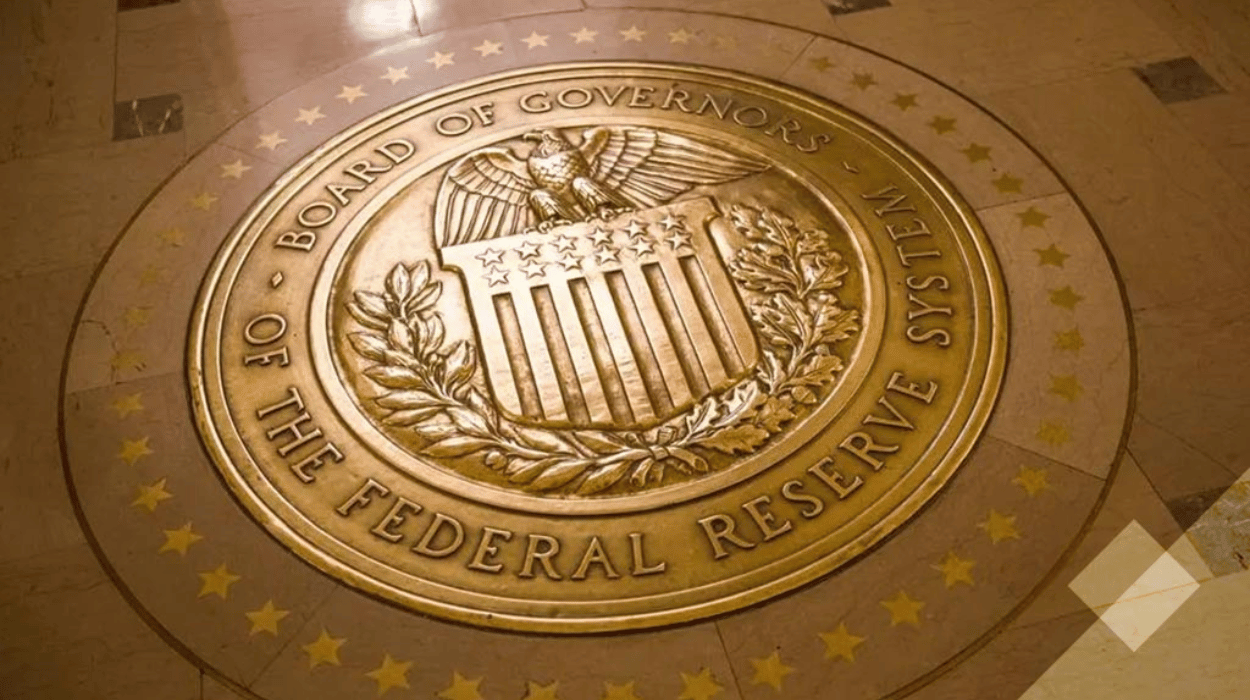USA (Transatlantic Today)— In a recent address at Stanford University’s Graduate School of Business, Federal Reserve Chairman Jerome Powell emphasized the cautious approach towards potential interest rate cuts in 2024, citing the volatile nature of inflation trends. Despite acknowledging the stronger-than-expected performance in both job creation and consumer price index (CPI) inflation, Powell reiterated the importance of data-driven decision-making in monetary policy.
Recent data revealed a 0.4% monthly increase in CPI inflation for February, alongside the addition of 275,000 jobs, surpassing initial projections. Powell acknowledged these positive indicators but maintained that the Federal Reserve remains vigilant regarding inflationary pressures. Despite the robust economic activity, Powell hinted at the possibility of interest rate cuts later in the year.
Atlanta Fed President’s Perspective
Raphael Bostic, President of the Atlanta Fed, echoed Powell’s sentiments, highlighting concerns regarding inflation control. Bostic indicated a preference for a singular interest rate cut contrary to market expectations of multiple cuts. He cited the erratic trajectory of inflation as a key factor influencing this decision, emphasizing the need for patience in assessing economic conditions.
Bostic’s Inflation Forecast
Bostic projected a slower moderation of inflation, suggesting that the Federal Reserve might not achieve its 2% inflation target until 2026. Factors contributing to this assessment include specific “secondary” data points within inflation figures, prompting caution regarding the pace of economic recovery.
Historical Context and Policy Implications
The Federal Reserve’s response to inflationary pressures is reminiscent of the record-breaking inflation of 9.5% in June 2022, which resulted in a significant increase in interest rates. Maintaining high-interest rates serves to mitigate inflation risks by curbing excessive consumption and investment. Despite the inflation rate of 2.5% in February, which was slightly higher than that measured in January, the Fed remains vigilant in its policy approach.
Federal Reserve Independence Amidst Political Scrutiny
As the 2024 US election approaches, Chairman Powell restated the Federal Reserve’s freedom from immediate political pressures. Despite calls from some Democrats for interest rate cuts to help low-income families and accusations from former President Donald Trump, Powell emphasized the Fed’s dedication to making decisions based on data rather than politics.
Defence of Fed’s Independence
According to Bancaynegocios, Powell upheld the independence of the Fed, highlighting its duty to determine monetary policy independently of political interference. Congress’s enshrinement of the Fed’s independence allows officials to concentrate on long-term economic goals regardless of election cycles.
Concerning political control, Powell emphasised the importance of clear communication to maintain public confidence. He emphasised the Fed’s role to stay out of politically controversial issues and instead focus on its core mandate of monetary policy.
Powell’s tenure as Fed Chairman, which spans both the Trump and Biden administrations, reflects continuity in monetary policy despite changing political conditions. His current term runs until 2026, providing stability amid changing economic challenges.
The Federal Reserve’s cautious approach to rate cuts amid inflation concerns underscores its commitment to a balanced economic policy. The Fed remains independent of short-term political pressures and continues to focus on data-driven decisions to navigate the changing economic environment.


























